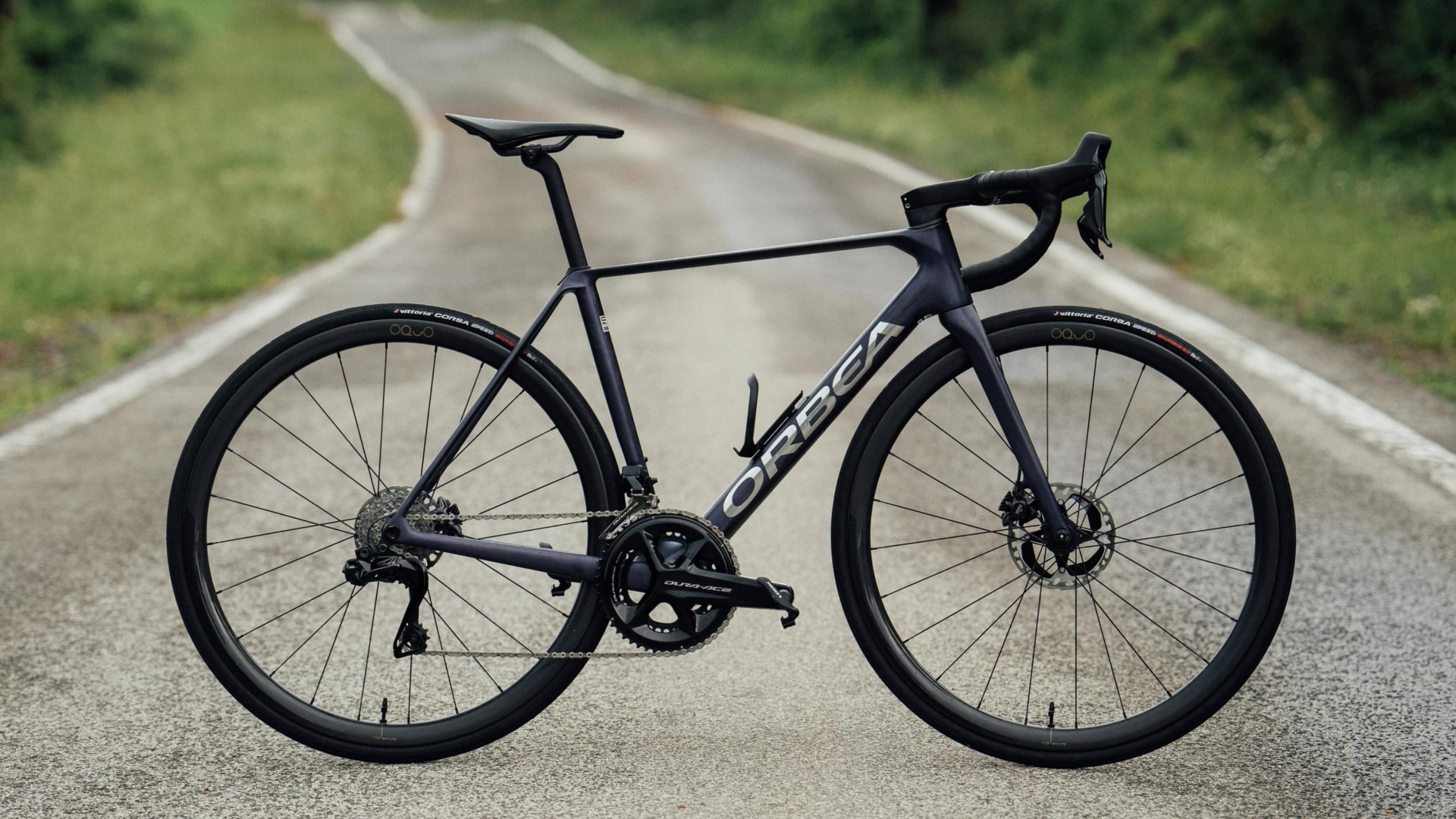
Celebrating two decades on the road, Orbea are launching a fully remodelled Orca, to make this iteration number seven of the iconic range.
Arguably this is the bike that put the Basque Country brand on the map, thanks to Samuel Sanchez' gold medal ride on an earlier iteration at the 2008 Beijing Olympics. A result which Sanchez dined out on for several years after, customising all his Orbea Orcas with gold decals and trim for the rest of his cycling career and making it one of the best road bikes of a generation.
This latest Orca aims to reclaim the former glory that it was once so accustomed to, and is taking shot at become the best value super-lightweight bike on the market.
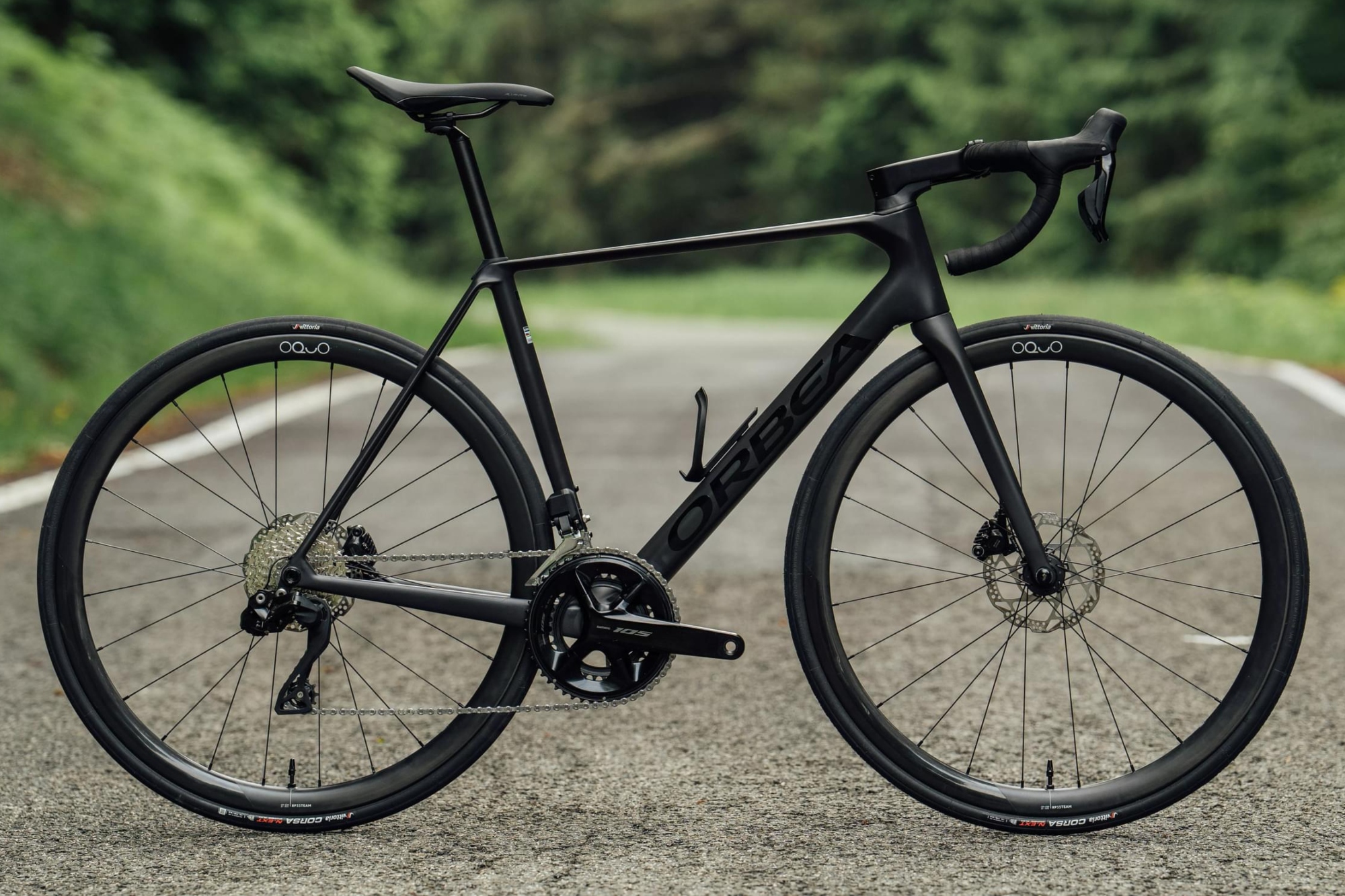
I've so far been singular in my use of tense when talking about the latest Orbea Orca, but the launch actually sees two versions of the frame land. One, Orca OMX, designed to be super lightweight and the other, Orca OMR, engineered to offer a touch more compliance and comfort, which comes in slightly heavier.
Despite sharing the name of the killer whale, the Orca moniker is actually a portmanteau of Orbea and carbon - an homage to this being the very first Orbea model to be constructed from that material in 2003.
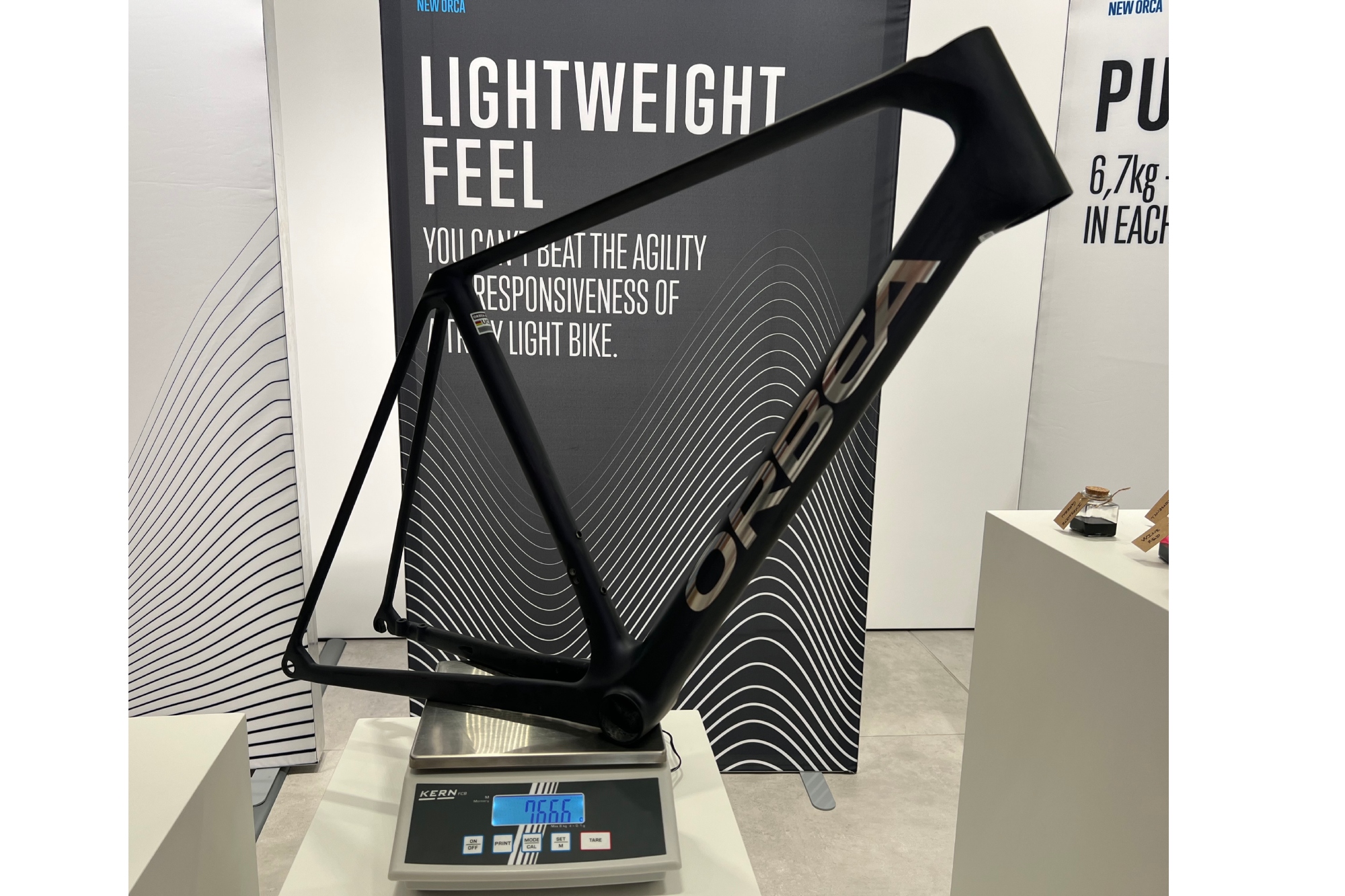
Orbea Orca OMX
Starting with the flagship bike of the range, the Orbea Orca M10iLTD with OMX frameset. Assuming reasonably well calibrated scales, the full bike (without pedals) settled on 6.64kg.
Breaking down the latest Orbea Orca OMX down a little further, the framset alone - in a size 53cm and balanced precariously on a set of kitchen scales - came in at 766 grams, with the corresponding fork amounting to 360 grams.
This is around a 100g saving on the previous Orbea Orca OMX which was launched in 2020 at 830g.
Orbea says that most of this saving has been down to a mould and layup redesign which remove excess epoxy resin and minimising carbon overlaps.
According to the brand, rounding off the tube shapes and reducing the number of sharp lines, corners and edges in areas of the frame where excess epoxy can gather has helped to significantly reduce the weight.
Looking at the flat thin top tube this claim may seem a little bold, but when comparing new Orca for old, it makes more sense. There the tubing on the latest is edition is significantly more fluid and rounder than the previous iteration.
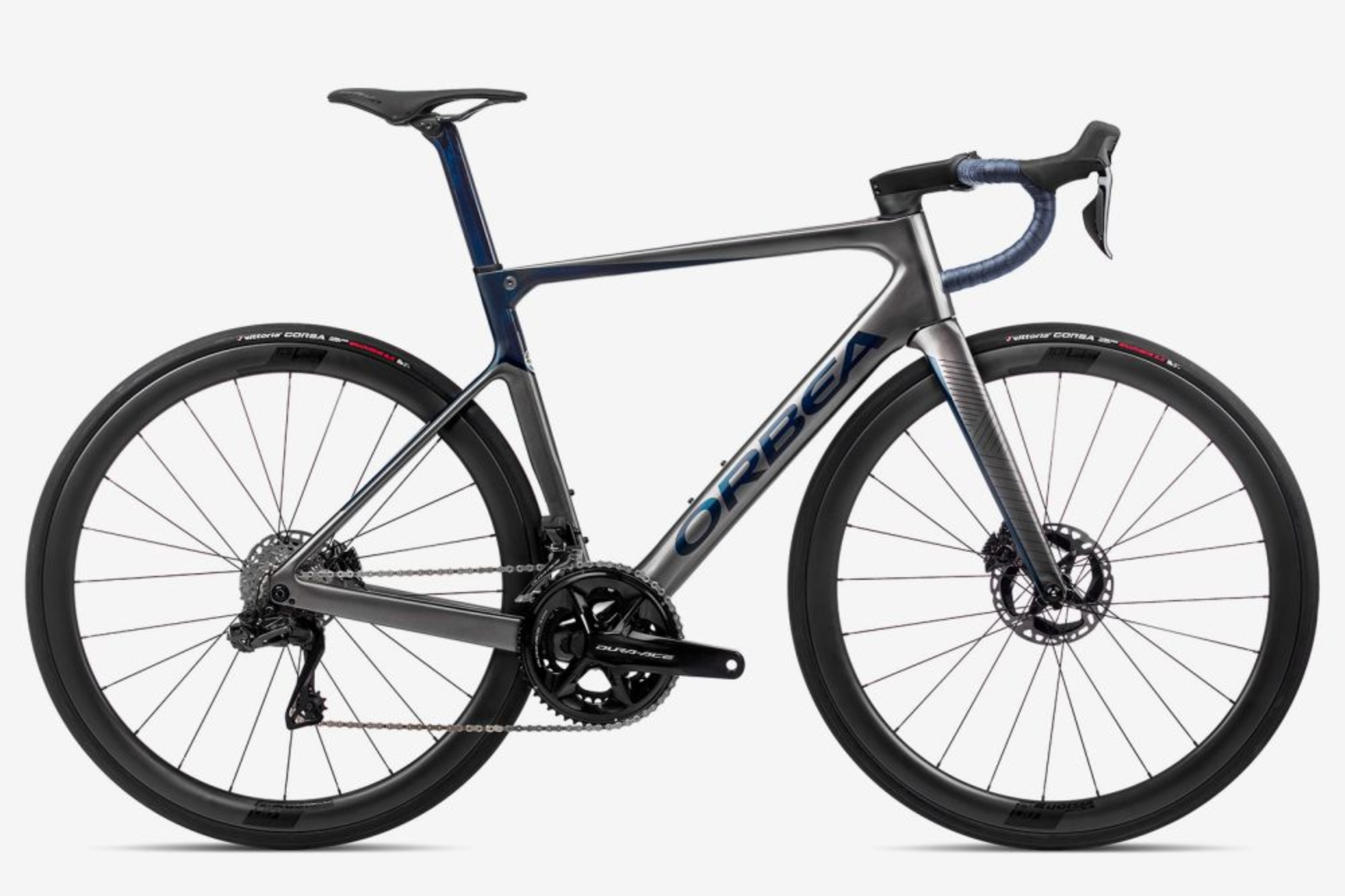
Looking at the two on the same page and the differences are stark. The tubes have slimmed down, most notably on the top tube. The down tube still retains its fairly beefy size, which, together with the chain stays, the brand refer to as the Powerspine.
The chain stay is also now shorter than the previous model, helping to shorten the wheelbase, with the intention being to provide a more agile ride than before.
The seat stays are also more rounded and no longer dropped, instead meeting the seat tube right at the seat clamp, a design feature we last saw on the 2017 Gen 5 Orca.
Purely from the visuals, it’s clear that Orbea is moving the bike away from being an all-round race bike and is going back to its specialist climbing bike roots.
It certainly is a marked step away from the brand's dedicated aero bike, the Orbea Orca Aero M120iLTD road bike - previously there was much greater crossover between the two models.
Orbea also says that this all new design has enabled the use of fewer and larger pieces of carbon fibre to minimise the number of overall pieces and therefore the number of overlaps. Yet again, this has helped the newest Orca save weight. The use of T1000 carbon for its strength and stiffness allows Orbea to further helps to keep the weight of the Orca OMX low.
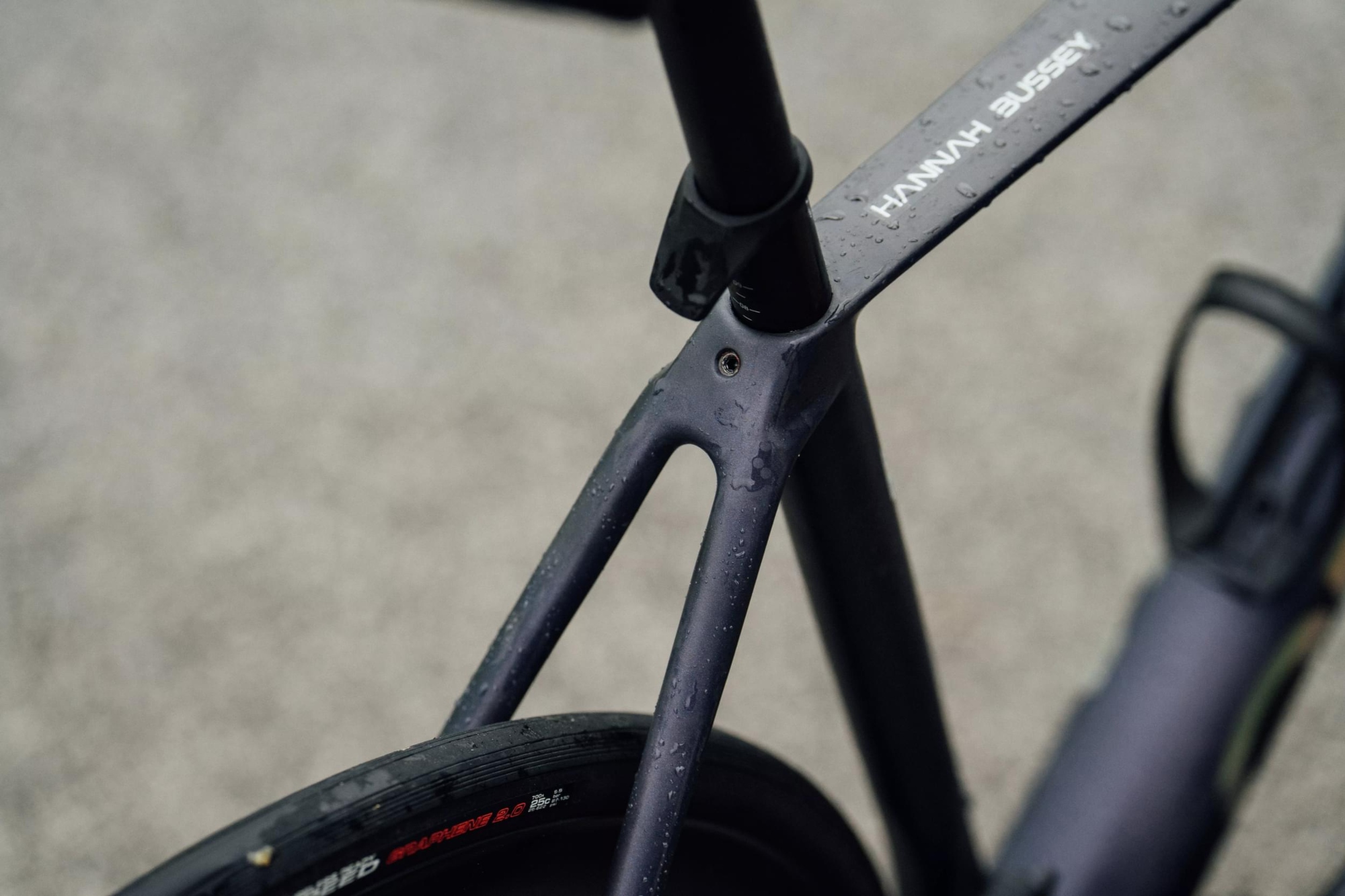
Orbea Orca OMR
The deal with the Orbea Orca OMR is much the same. From a distance, or even close up for that matter, it's near on impossible to tell the two framesets apart.
The same weight saving techniques have been applied with the tubing profiles and carbon layup, but this time the frameset has been designed with more compliance in mind.
To that end T800 carbon has been used in the layup of the Orca OMR. Depending on cited resource, this should be around 13-15 percent less stiff than the T1000 used on the OMX.
Obviously, that is a somewhat executive summary of the frame differences, as a big part of compliance, stiffness and weight comes down to how the carbon is laid up. But suffice to say, the OMR is designed to be more forgiving ride.
The compromise, however, comes in the form of weight. A fully built Orbea Orca OMR will weigh around a kilo more (7.8kg) than the OMX for the same size 53.
Broken down in to its constituent parts, the weight gain is spread across the both frame, at 1,030 grams (264g heavier than the OMX), and the forks at 410g (a 50g increase). The rest of the weight gains comes in the form of the finishing specification.

Orbea Orca weight Vs watts
Looking past frame construction and carbon lay up, and when talking about the OMX specifically, Orbea claims that the bike is three watts faster than an aero bike on a five per cent gradient when ridden by an average rider and six watts faster when on a 10 per cent gradient.
But Orbea did admit that an aero bike will still trounce lightweight when to comes to flat out speed. "At higher speeds, aerodynamics take over," said Orbea Road Product Manager, Joseba Arizage.
"So at 30kph [18.6mph], a super-aero bike saves around 12 watts, at 40 kmph [25mph] that climbs to 15 watts and at 50 kmph [31mph] that is around 28 watts," Arizage continued.
"This is why increasing the weight of a light bike in exchange for aero features doesn't make any sense."
In summary, Arizage argues that in order to take advantage of weightier aero bikes, you need to be travelling faster than the speeds you can climb at.
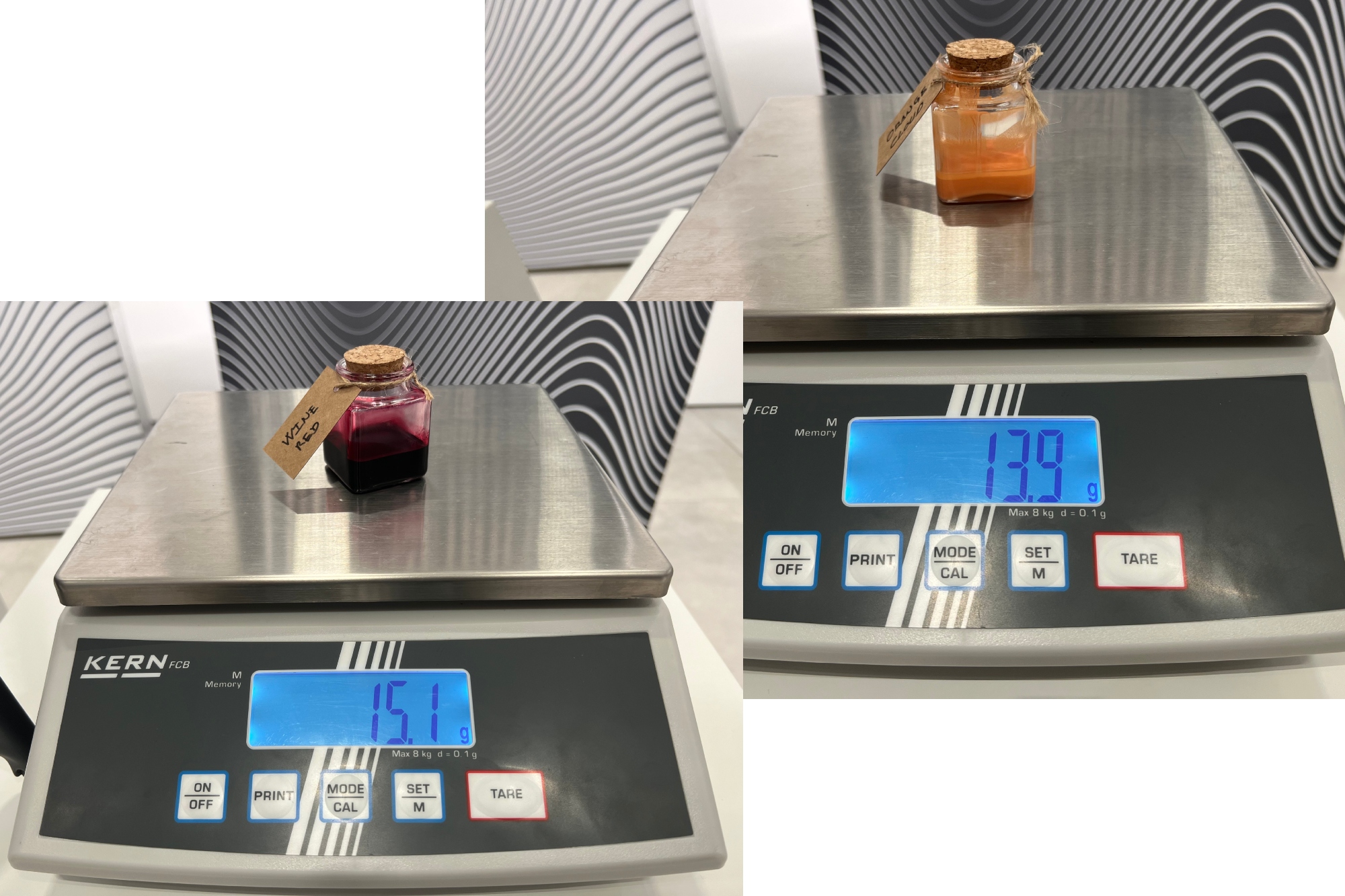
It could be a simple case of what would you rather, a bike that will save you three to six watts per kilometre on the climbs, or one that will gain you 12 to 28 watts on the flat.
The later option will, according to Orbea come with a weight penalty, 500 grams heavier than the Orca to be precise. On paper it doesn't look much like worth saving to even bother about.
However, thinking of any grand tour stage mountain finish - stage 7 of this year's Tour de France Femmes for example, which finishes on top of the Tourmalet - the winner of the stage will be decided on that end climb.
Looking at the stage profile stats alongside the Orbea Orca OMX watt savings and there's the potential of save somewhere in the region of 68 watts.
Crudely plumbing the numbers in to bikecalculator.com and it reckons there's a one minute saving to be had, based on bike weight alone. That's the kind of time gap that could reshuffle the general classification and crown a new race leader.
However, I recognise that's mountain top finishes are hardly real world daily riding. Assuming you aren't Heidi and live in significantly less mountainous terrain, you would need to factor in your most likely riding terrain before calculating any watt savings.
On the flip side, you also need to be realistic about aero gains and your average riding speed. According to (admittedly now somewhat dated) Strava data, the average speed for cyclists is between 20 and 25kph [12 - 15mph], a far cry from the speeds required to save significant watts on an aero bike.
It's also worth noting that, for the majority of non-professional riders, skill over aerodynamics will be the biggest determining factor for descending at speed.
It's up to the individual consumer to do their own maths to as to what bike option, aero or lightweight, would save them or create the most watts.
But I will say this, the lightweight Orbea Orca OMX watt savings are gifted equally to all riders - an aero bike requires you to put in the effort.
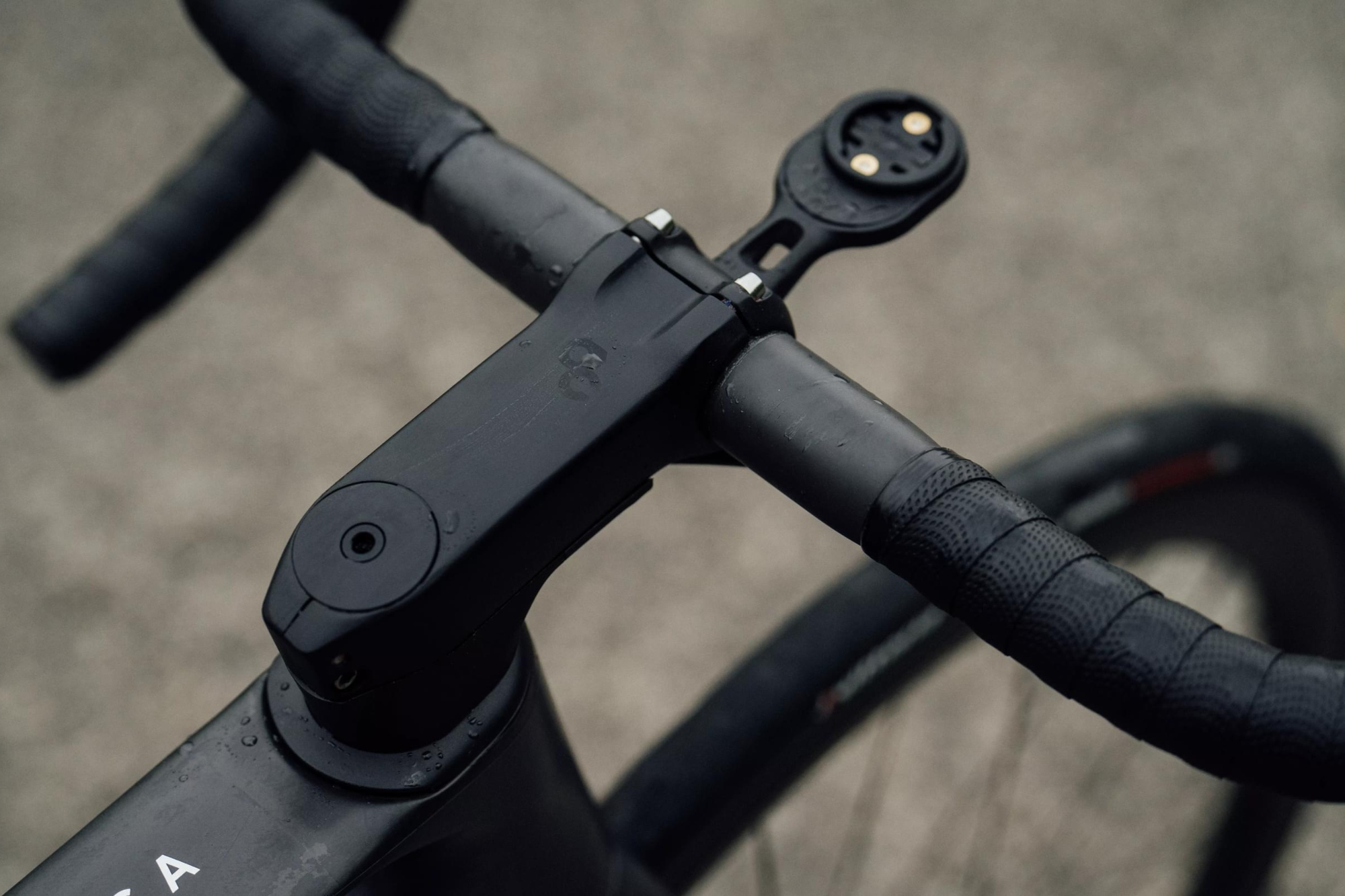
Orbea Orca finishing kits
Let's put the number crunching to one side and come back to the launch.
One feature which has remained the same between the Orca and the outgoing version is the bike's ability to take tyres up to 32c in size. The wheels, on the other hand, have now been changed - the majority of new Orbea Orcas will be fitted with the brand's own OQUO wheels.
In Orbea's lightweight quest - and to bring full control over the Orca's ride feel - the brand decided to bring more components in-house.
The range topping Orca OMX gets the RP35 LTD carbon wheelset, which, as you probably guessed, are 35 mm deep. With a 21 mm internal width, they have a claimed weight of 1,380 grams and feature a mini hooked rim. A pretty impressive spec sheet. The wheels are also available in 45 mm and 57 mm depths. Alongside the top end LTD versions, there are also Team and Pro versions, which are featured throughout the Orca range.
The new top-end Orcas are also recipient of Orbea’s new HP11 handlebars, which are a claimed feathery190 grams. These aren't an all-in-one integrated carbon set up, with the intention being to allow for greater customisation with several set up options available. With Orbea's adapter, you can also use almost any cockpit or bars and stem on the market.
Orbea is also continuing its MYO customisation process for the top two Orca models. A process that allows customers to pick paint options and make decisions on bike fit. For example, you can choose bar width, stem length, choice of saddle, width of tyre and so on.
Comparing the Orbea Orca
When comparing this new bike against others, it lands in what is increasingly becoming a really hot part of the market once more.
Super lightweight bikes seem to be back on the up, and not just with the release of this bike. The Factor O2 VAM and Cannondale SuperSix Lab71 put lightweight right at the heart of their ethos.
Price-wise, they also line up pretty closely, too. The top end Orbea Orca with either SRAM Red AXS with power or Shimano Dura-Ace with power come in at $11,599 / £11,999 . Similar can be said for the Lab 71 SuperSix which is available at $15,000 / £12,500. The Factor O2 VAM comes in right in the middle at $12,199 / £12,200.
Clearly, the numbers are much of a muchness, in the UK, you’re in that 12k ballpark. But can Orbea really command that kind of money?
Some would debate that the Orca OMX doesn't quite have the same brand appeal and allure of that of a Lab71 SuperSix. Others would rather something less mainstream.
While the spec sheet of the Orbea Orca OMX is impressive, let’s not forget that the brand-new Factor O2 VAM comes in at a claimed 6.2 kilos and in the UK is only £200 more expensive - certainly some tough competition for the Orca.
To be fair, it does prove its claim to be the lightest a its price point - any amount more is still something more, after all.
What models are available?
The good news for most of us is that the new Orca isn’t all about the top end builds.
In fact there are 13 different models, spanning all the major electronic only groupset offerings from SRAM and Shimano and prices range from $3,599 / £3,599 for Shimano 105 Di2 and non-branded alloy wheels, up to $11,599/ £11,999 for either Shimano Dura-Ace Di2 or SRAM Red AXS, both with range topping OQUO RP 35LTD carbon wheels
Of course, the headline figures only relate to the top spec models, meaning the bikes will get heavier as you work your way down the spec list.
Details of all the new Orbea Orca bikes can be found at Orbea.com and are available immediately.
The range topping Orbea Orca OMX will debut under team WNT Ceratizit at this years Tour de France Femme from July 23rd, and also feature as part of Euskaltel-Euskadi stable on July 29th in the Clasica of San Sebastian.






